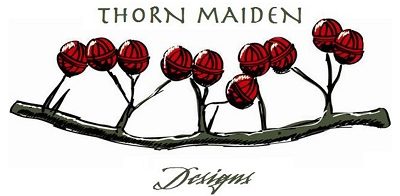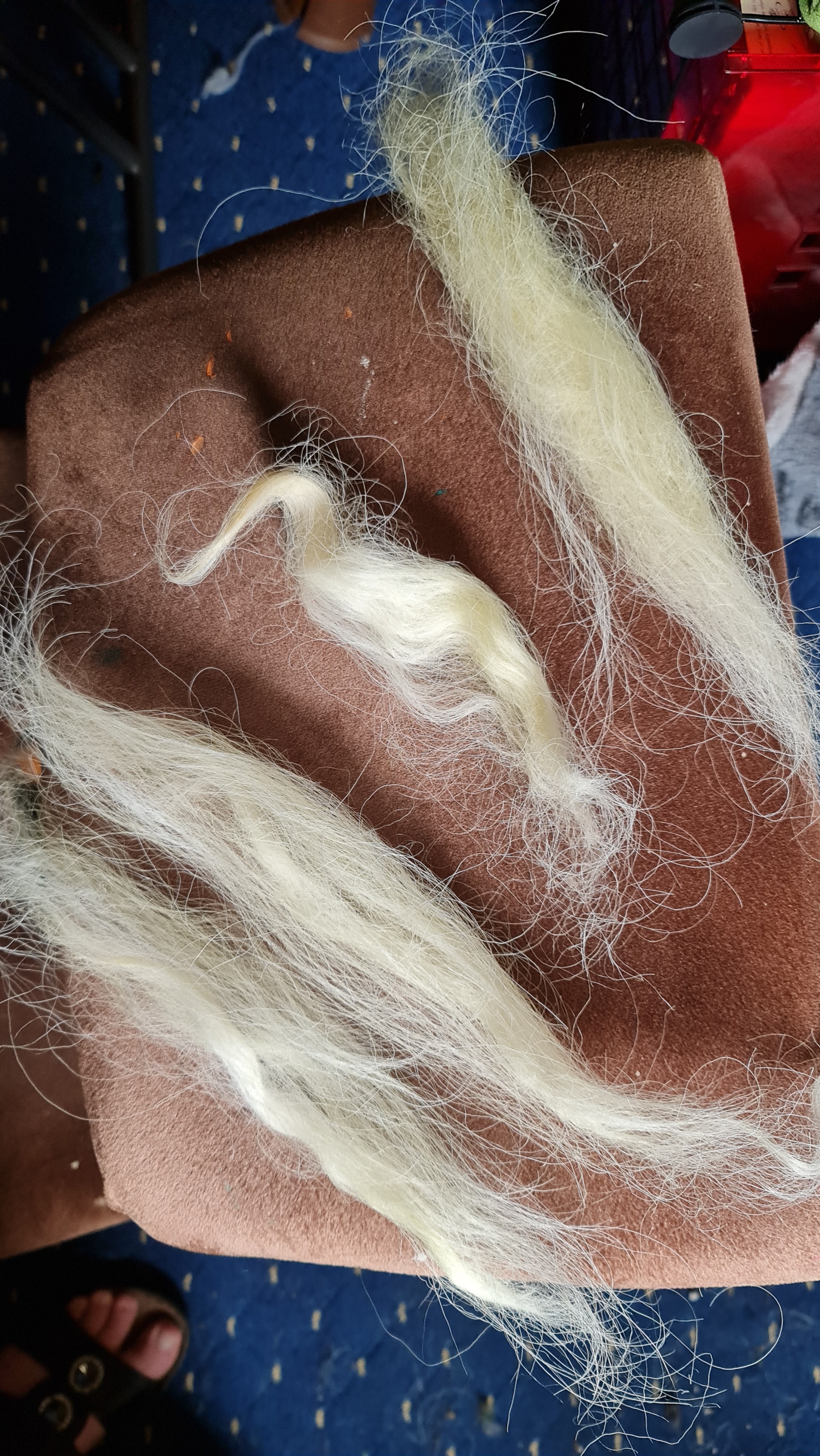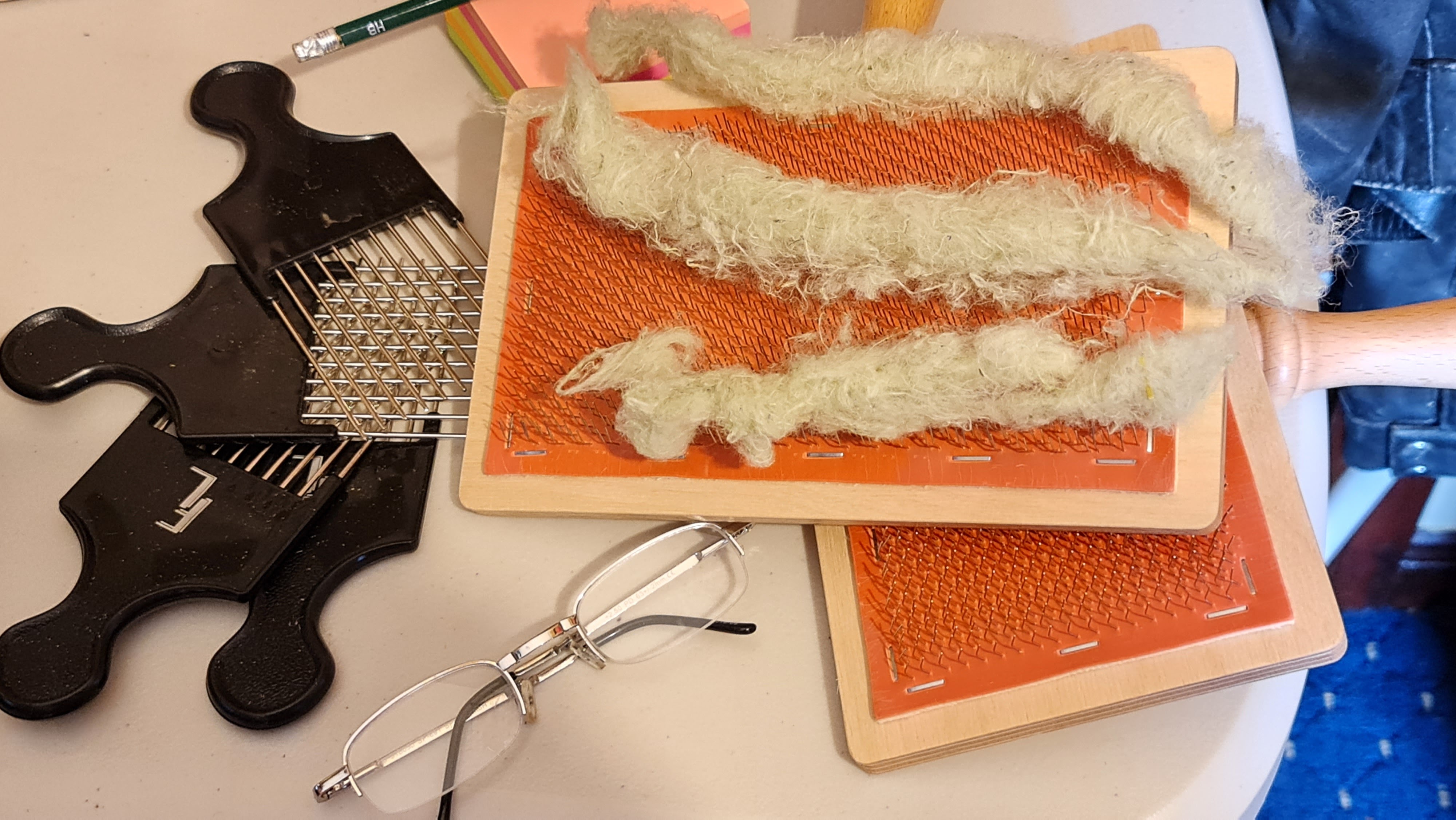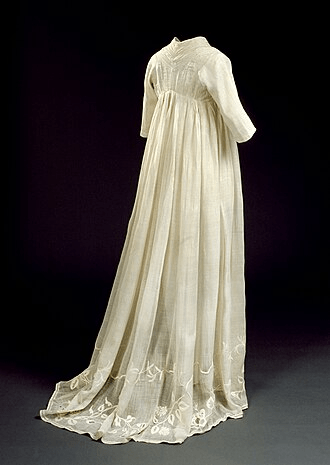It’s been a few months, but I’m still spinning every day! At least a few minutes, for Reasons (TM).
I didn’t gift myself with an Electric Eel Nano for my birthday after all. Instead, Dear Reader, I blew the Offspring’s school shoe money on a full-on EEW 6.1!! Which I have named Icarus, because it’s basically just a flyer… ta-DUM*. I had the idea of making a carrying box for it out of one of the wooden boxes I have, but that will require more mulling.
Meanwhile, I’ve been trying to gather more info on restoring the wheels I have, especially Columba Dubh, the Shiels wheel. On one trawl through YouTube, I came across this video from the old TV series Hands produced by David Shaw-Smith, which shows, in great detail, James Shiels and his son Charley making a wheel:
I think the current Donegal wheelmaker, Johnny Shiels, must be another son of James and brother of Charley, since he calls himself a 3rd generation wheelmaker.
But what interested me most is that the wheel is described as having 2 separate drive bands, one to the flyer and one to the bobbin. I had thought it was a double-drive machine, with a doubled, figure-of-eight drive band connecting to both flyer and bobbin. I haven’t heard of separate drive bands before – though admittedly I’m no expert – but it sounds like it would be a much easier proposition. There shouldn’t be any need to re-string separate drive bands when switching from spinning to plying. Hmm. I’ll have to keep this in mind for Peigín, my Wee Peggy that I’ve decided to use as a dedicated double-drive. It’s obviously not an “authentic” way to set up a (non-Shiels) double-drive machine, but the practicality is hollering at me…
And the Reasons (TM)? I haz a nu kitteh, as I believe the young people say now. The Offspring dragged me out of the house on a cold and rainy Saturday afternoon because he claimed he could hear a cat crying from the hedge across the road. I was unimpressed, as An Caitín Deasa is prone to yodelling from the fields when sighting prey AND other, usually feral cats, of which there are many in the area. But he echolocated it down to a small section and swore he could see a kitten that was “trapped”, and could I go down the other side of the hedge and see if I could free it. Aye, right, sez I – you’re just a big Jessie like your dad, too scared of spiders and worms to go into the hedge yourself, so you make your poor old crippled Mammie go in instead. And lo, on the other side of the hedge there was a massive sheuch where I went to my undertakings in cold slimy mud, and the feckin wee cat wasn’t trapped at all and ran off…
So, a brief clean-up later, and I was back – this time on the road-side of the hedge, the one without a sheuch – leaning in as far as I could get, with a half-sachet of catfood in one hand, trying to tempt the kitten to come close enough to grab with the other hand. Did I mention this hedge is basically whins and briars? It took about an hour, in the rain, and one failed grab, and many many scratches, but I finally got this ungrateful ball of hiss and claws:
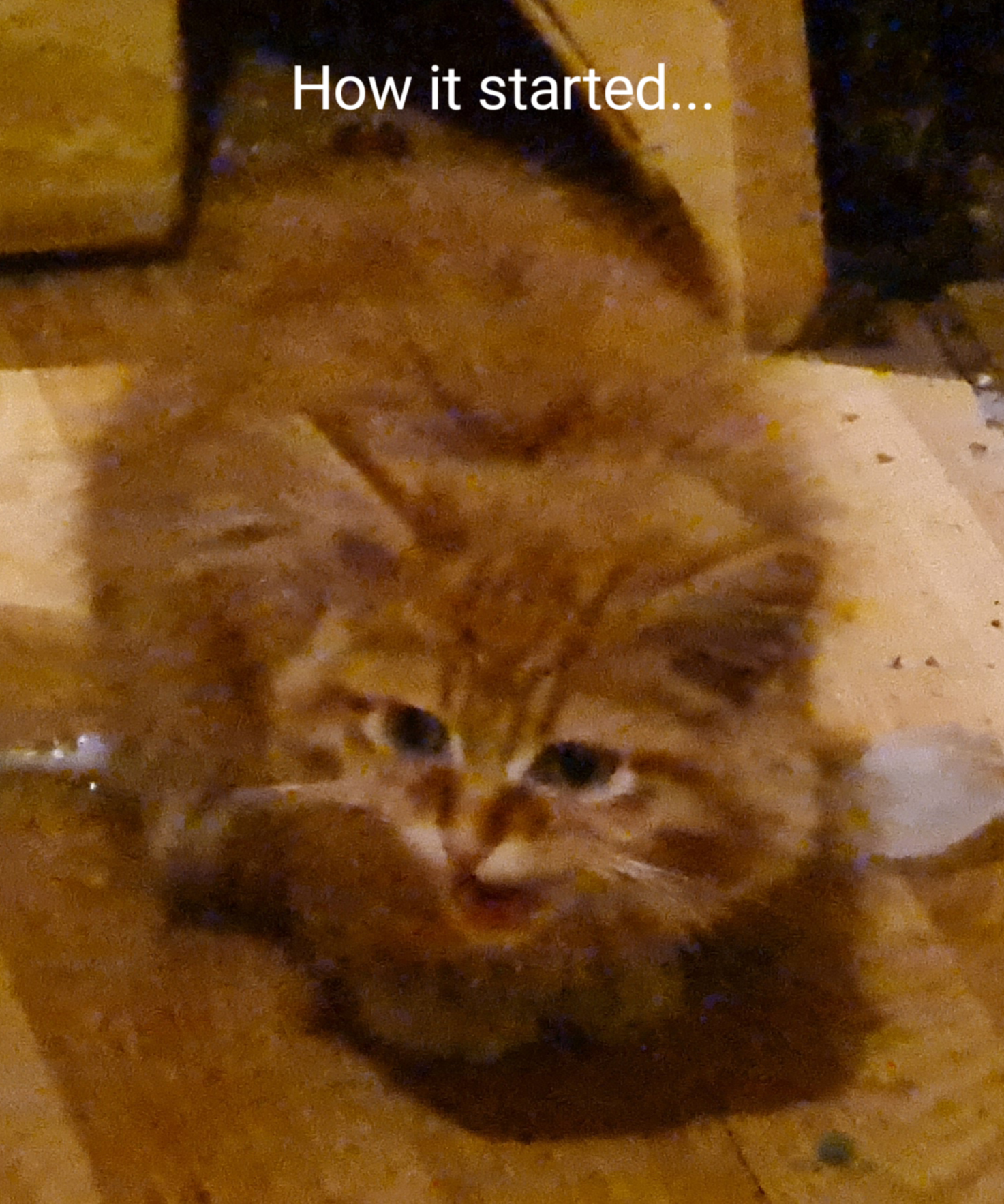
and this:

His name is Bladhm, meaning blaze, cos he’s fire-coloured. It’s pronounced /blime/, as in “blimey”. He is immensely fluffy – must have some Maine Coon in him – incredibly affectionate and playful, and thinks he is a parrot:

I assumed he was feral, but he knew how to use the litterbox straightaway. Also, once he got over his fright and got some food into him (not to mention being so easily attracted by Eau de Catfood on my hands), he very quickly became happy around us hoomans. So… is he an unwanted MC cross or “below-standard” pedigree who was just dumped by the breeder? You hear of such things. But no matter. He has a home now where he will be loved.
He also LOVES fiber and wool, and has appropriated some waste fleece for himself. Sometimes he sleeps on it, sometimes he rolls about on it ecstatically, and sometimes he murders it to death. He will also go after any wool – any animal fibre at all, really – that I’m trying to spin or knit.
Reasons (TM) indeed.
*- I noticed there’s an e-spinner brand called Daedalus, and made the same joke on an Insta thread about it, but got only po-faced responses about branding. Not everyone gets my sense of humour! Or classical references, apparently.
